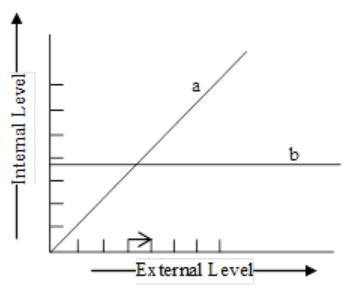Responses To Abiotic Factors
Responses To Abiotic Factors: Overview
This Topic covers sub-topics such as Hibernation, Diapause, Aestivation in Animals, Adaptations of Terrestrial Animals, Responses to Abiotic Factors, Responses of Conformers to Abiotic Stress and, Migration as an Adaptation Strategy
Important Questions on Responses To Abiotic Factors
Which of the following method is used by fungi, and zooplanktons to overcome the temporary short-lived climatic stressful conditions?
The following graph represents the organismic response to certain environmental, condition (e.g., temperature) :

Which one of these, or , depicts conformers?
Mark which is not an adaptation in aquatic animals.
Which among the following is not an adaptation in aquatic organisms?
Some fish have modified swim bladder with the help of which they can constantly float.
Kangaroo rats are adapted for terrestrial life. How?
Kangaroo rats have a very long loop of Henle.
Describe certain adaptations that the terrestrial organisms possess for the conservation of water?
Diapause is the phase of suspended development in zooplanktons.
_____ is defined as a state of dormancy in growth and development in response to changes or alteration in the environmental condition.
Diapause is a stage of cell cycle.
Changing of the body temperature according to the environment is the response of the regulators towards the abiotic stress.
Migration from one place to another is a response exhibited by regulators towards abiotic stress.
Which of the following are the responses given by the regulators towards abiotic stress?
How do the regulators respond to the abiotic stress?
Give an example of an organism that enters 'diapause' and why?
Complete the analogy.
Winter sleep: Hibernation:: Summer sleep: _____.
State any three methods by which animals cope with the temporary unfavourable conditions in their habitat when they cannot migrate.
Summer sleep is a suspended action performed by animals against biotic stress.
